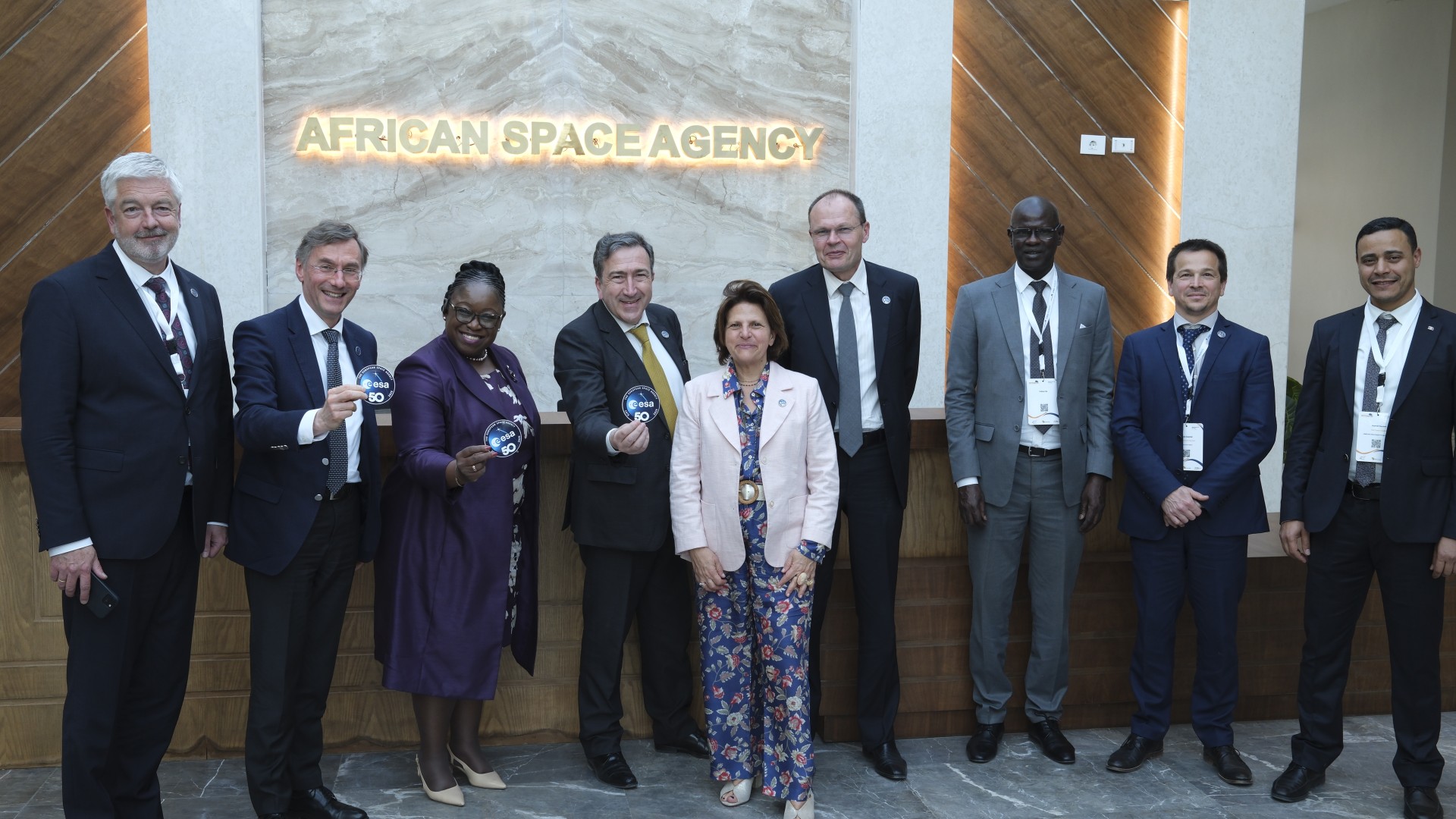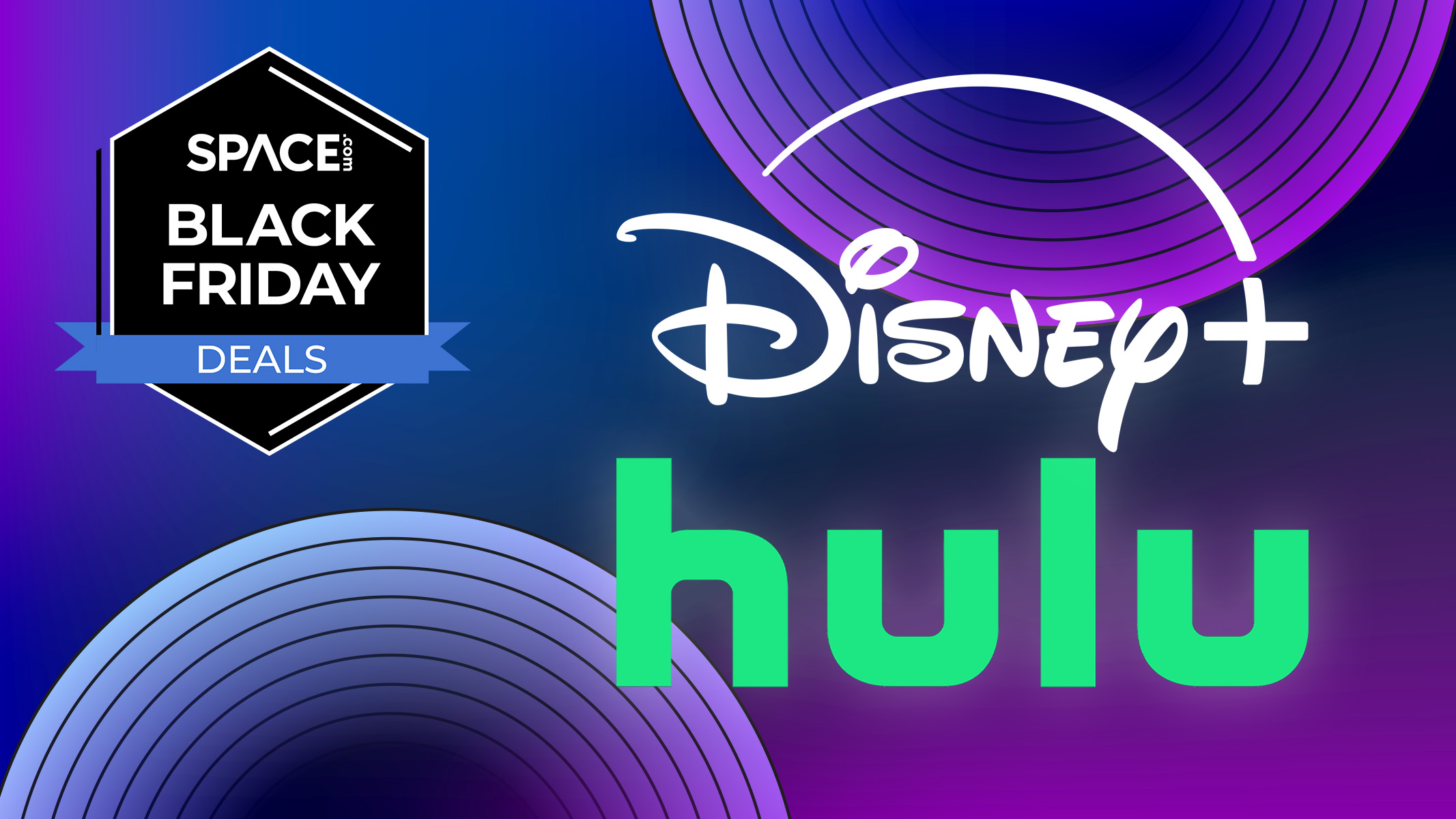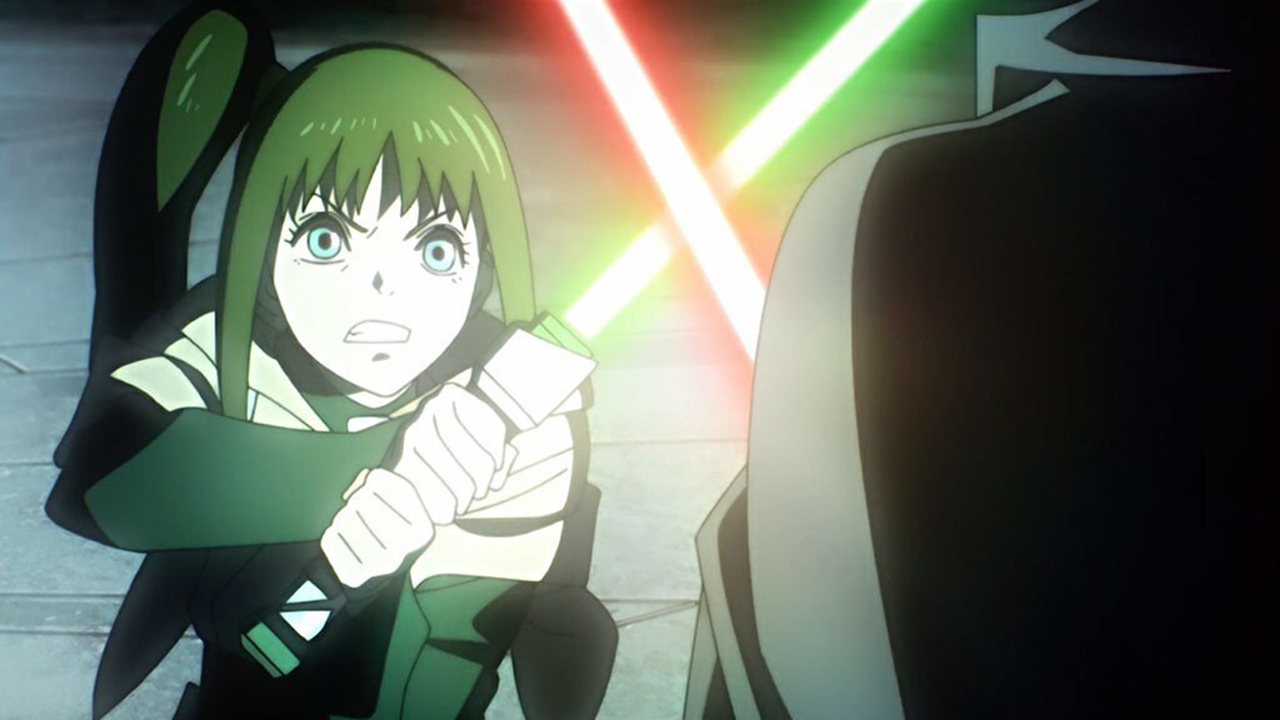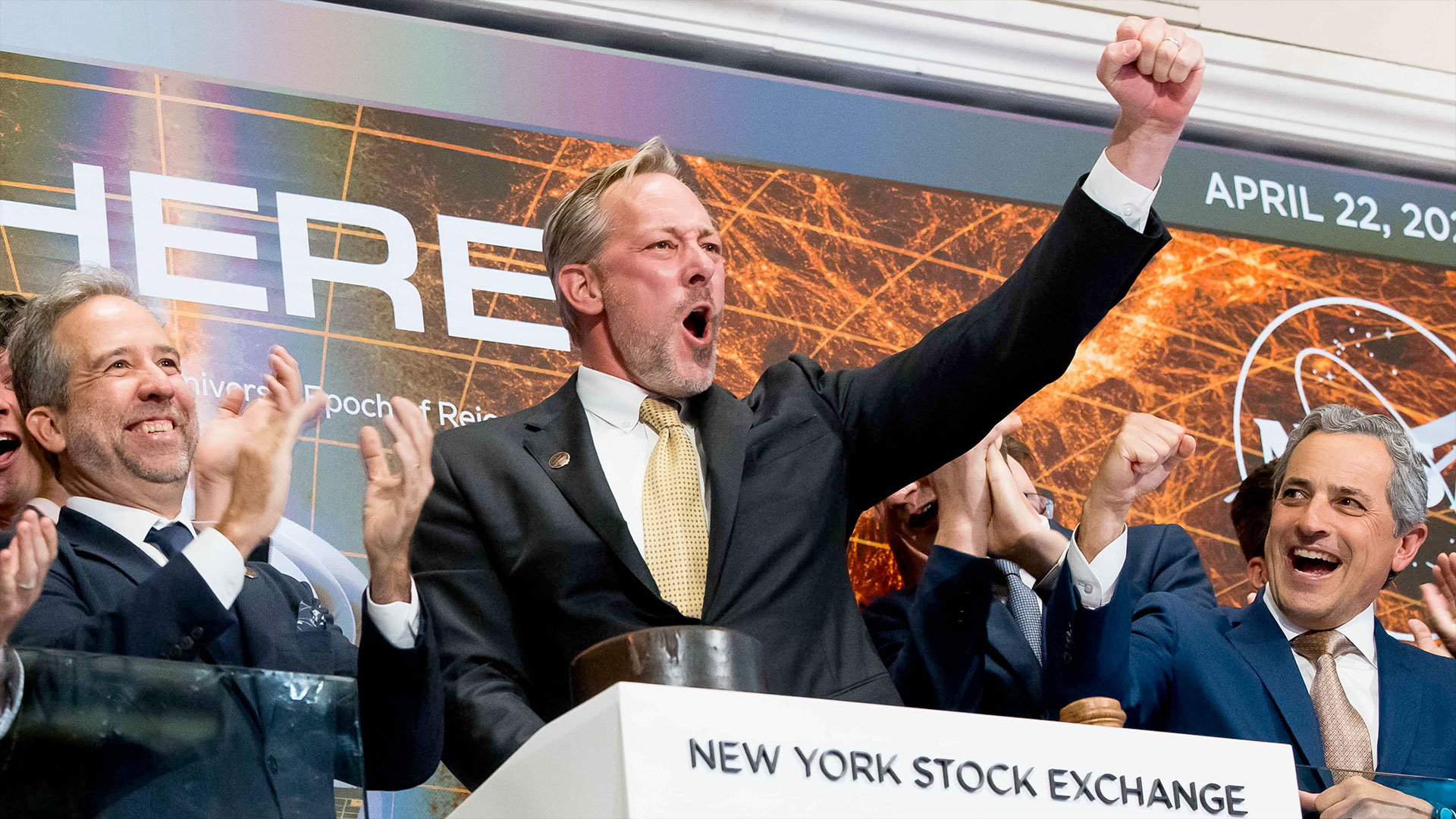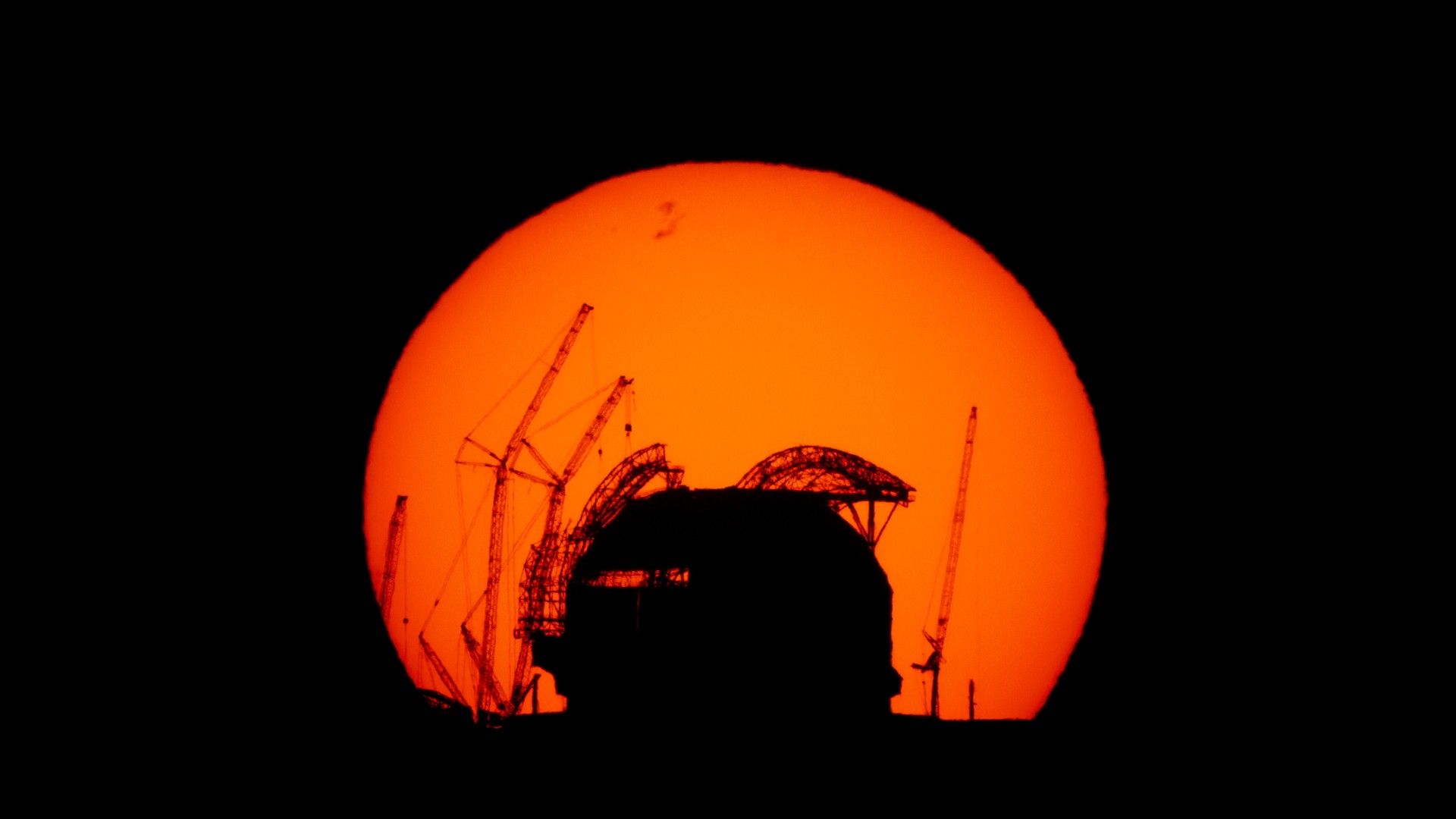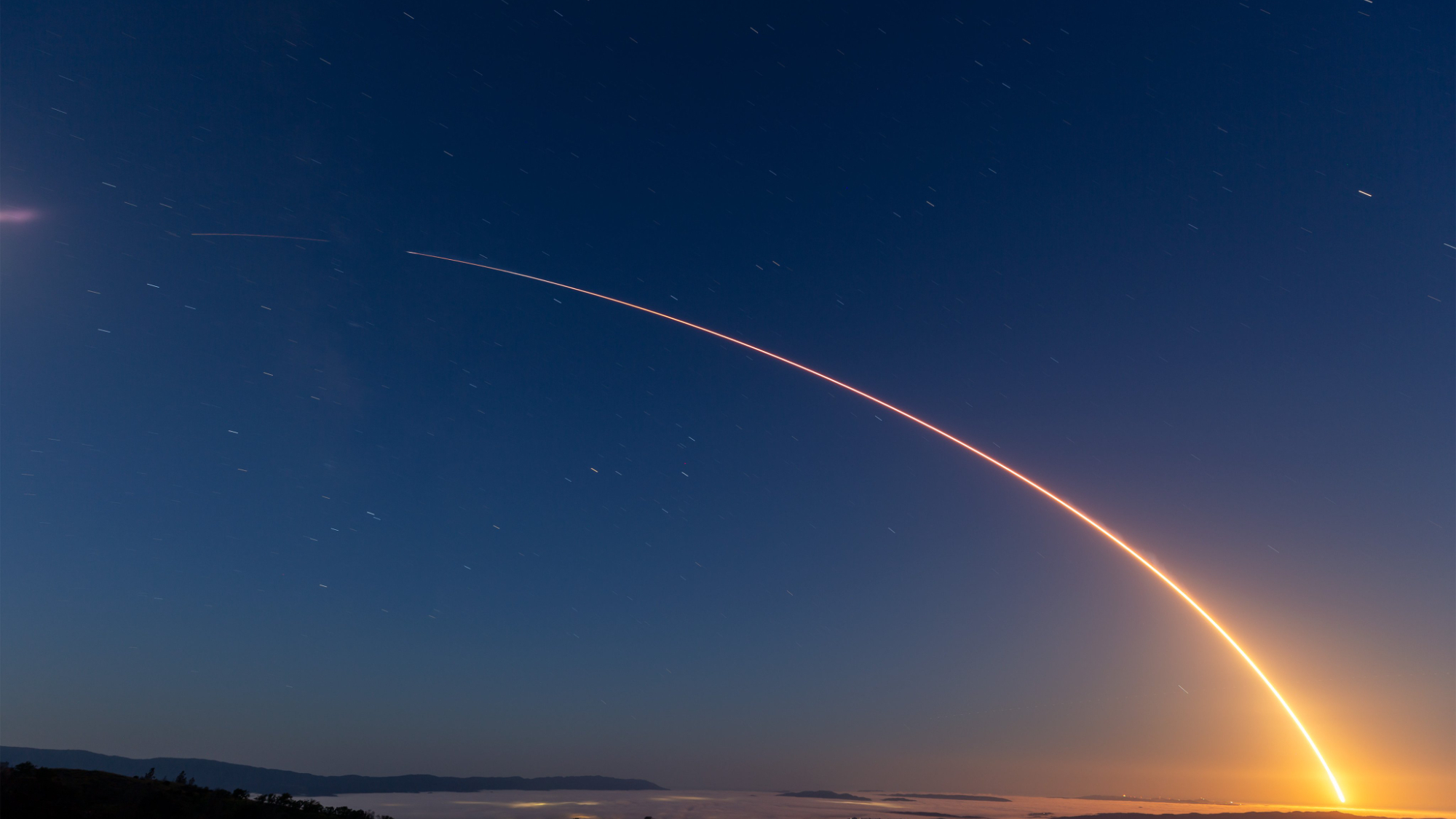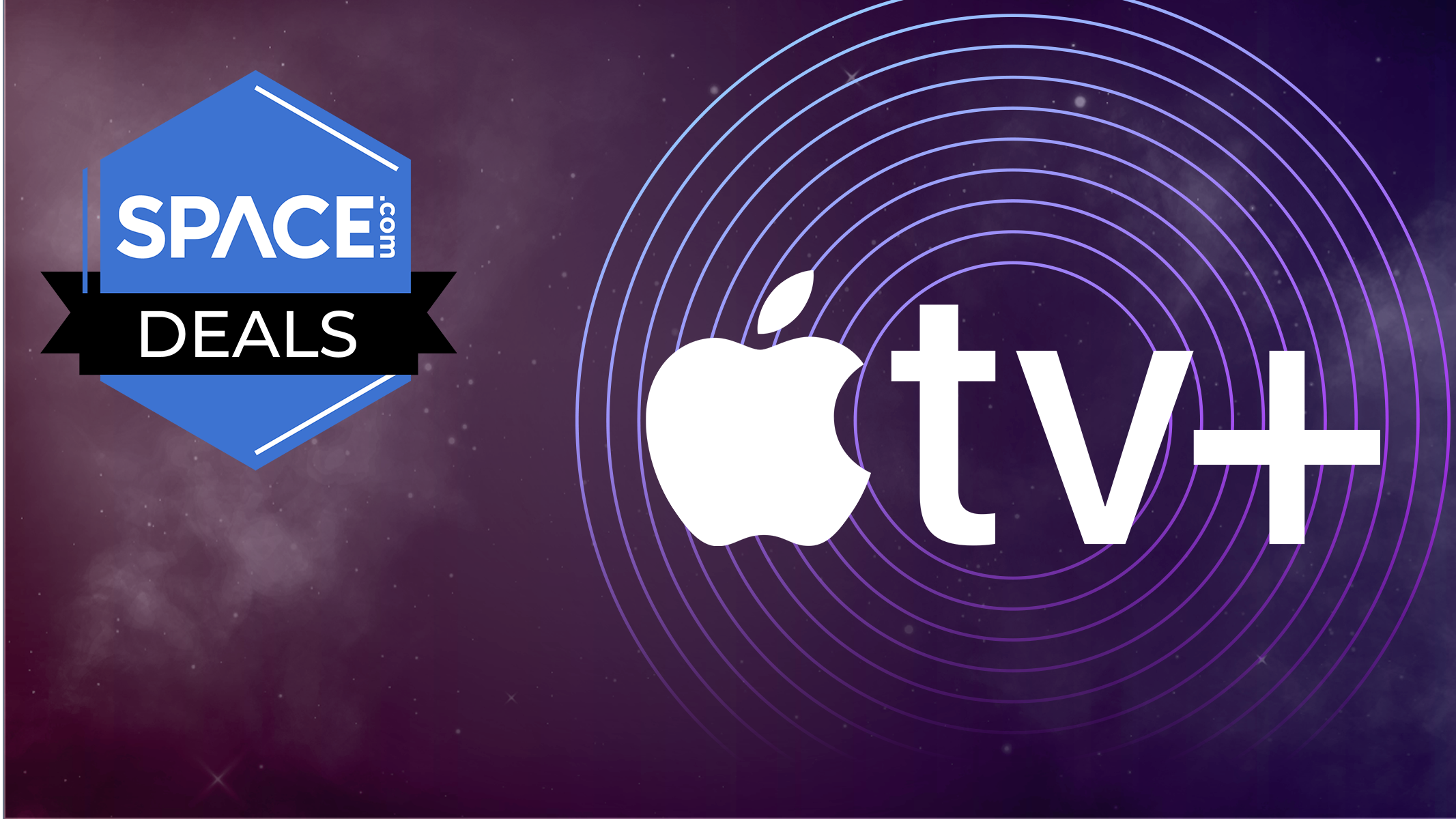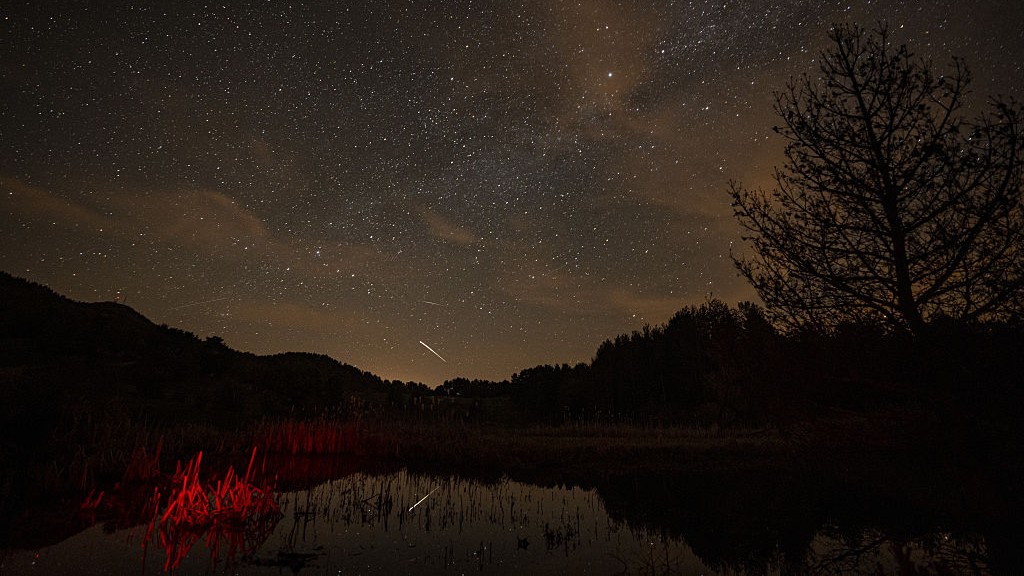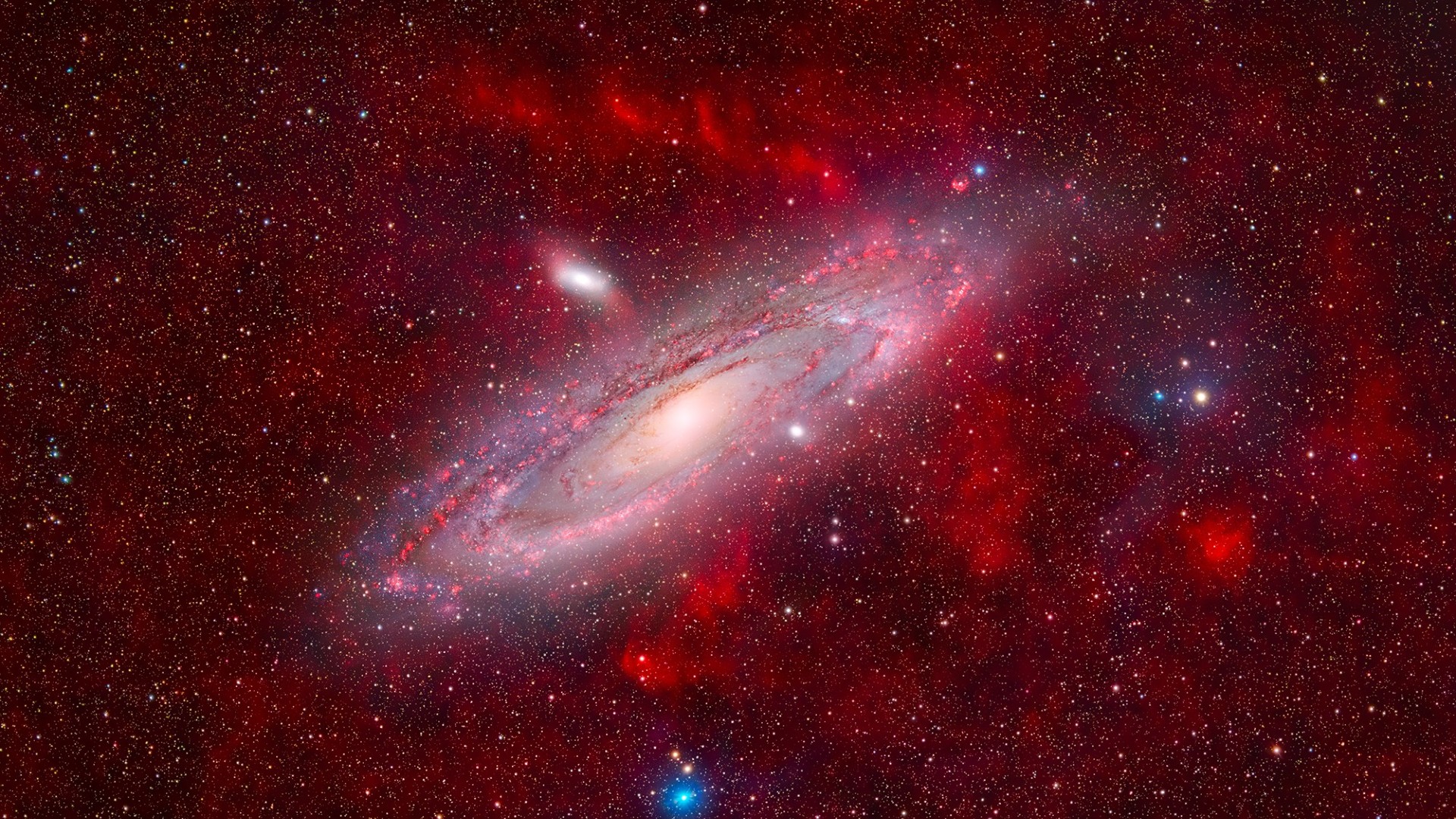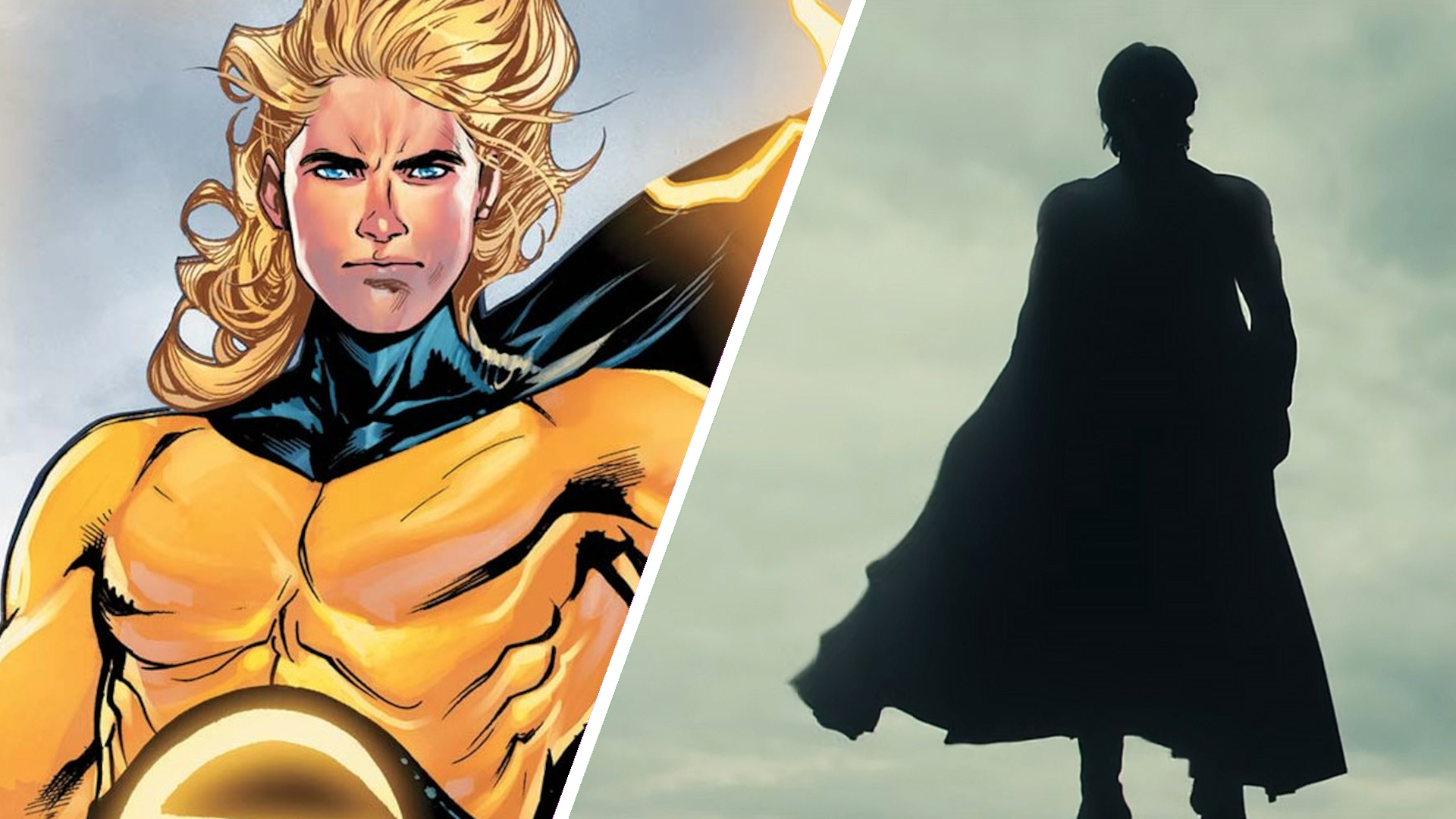The Hubble Space Telescope turns 35 as NASA budget cuts loom. How many more birthdays will it have?
It's up in the air how much longer the beloved telescope will be with us.
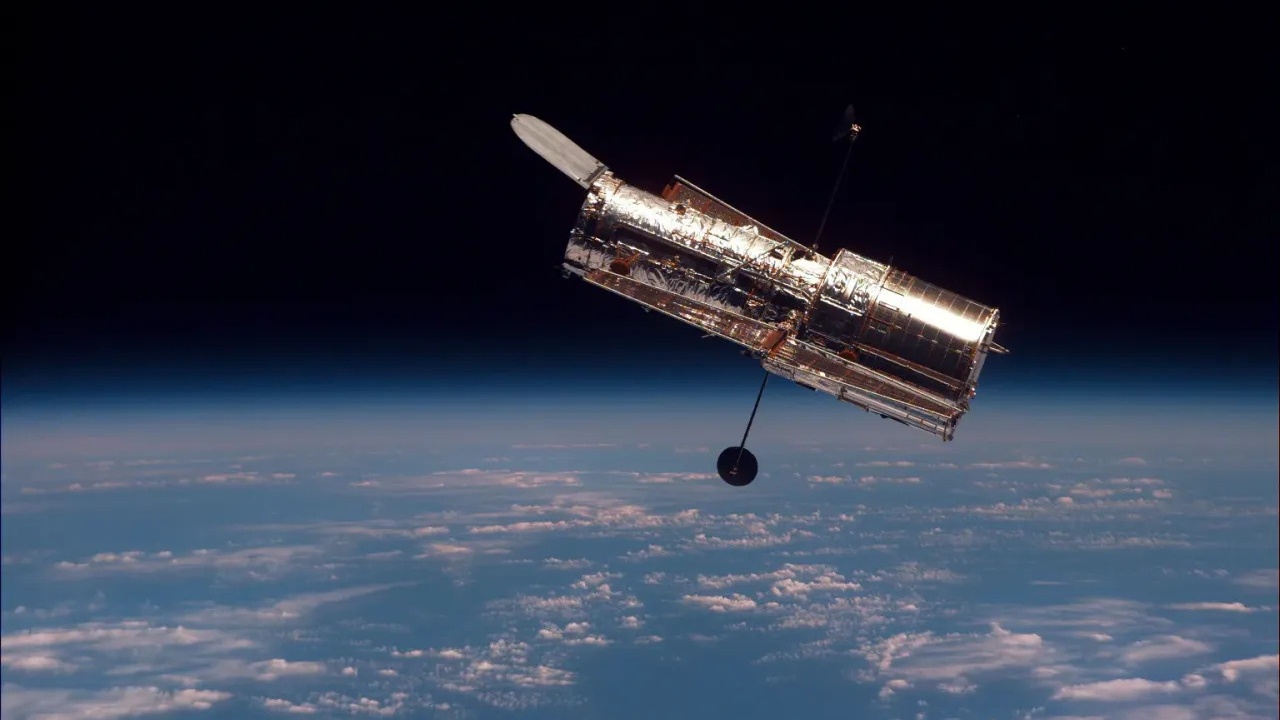
Since its genesis in 1958, NASA has really speckled our corner of the cosmos with incredible feats of engineering. To this day, remnants of the historic Apollo lunar missions exist on the moon; the OSIRIS-REx probe recently placed its robotic fingerprint on a clumpy asteroid called Bennu; multiple rovers have left tracks on Mars over the years with their specially designed wheels; and the twin Voyager craft are still exploring interstellar space almost 50 years after setting off from our planet.
It is unsurprising, however, that even with this repertoire of space explorers, one of the agency's most beloved spacecraft sits pretty close to home: The Hubble Space Telescope. Having launched in 1990 — and even been tended to several times by astronauts in space — Hubble sits right in Earth's orbit and is responsible for some of the most visceral, data-rich and astronomically spectacular views of the cosmos we have. It has produced reminder after reminder that we live in an enchanting universe.
Hubble celebrates its 35th launch anniversary tomorrow (April 24), but there is a slight, yet tangible, damper in the air. That's because this milestone arrives amid a wave of uncertainty regarding NASA's future.
Over the last few months, the Trump administration has been cutting federal programs and laying off large numbers of government workers — and NASA is a federal organization. Separately, there has also been chatter lately about the general deterioration of Hubble due to its old age. So, painful as it may be, it's worth wondering: How much longer might we have with Hubble?
Rumors of the end
In January, SpaceNews reported some interesting news from a town hall session at the 245th meeting of the American Astronomical Society in Maryland. According to the outlet, representatives with the Space Telescope Science Institute (STScI) — the organization that handles Hubble science operations — said NASA directed the institute to "develop plans for Hubble for fiscal years 2026 through 2028 based on a budget of $83 million to $87.8 million annually." For context, that would represent a cut of more than 20% from the current costs to run the telescope and handle science operations, Julia Roman-Duval, interim head of the Hubble Space Telescope Mission Office at STScI, said during the session.
According to the SpaceNews article, Roman-Duval also said the institute has been trying to trim costs surrounding Hubble operations in 2025 by reducing efforts toward things like social media outreach for the telescope; the goal is to try not to touch Hubble's actual scientific processes while remaining within reduced budget constraints.
Furthermore, this month, government "passback documents" obtained by news outlets such as Ars Technica suggested an upcoming budget proposal could slash NASA's science budget by nearly half.
Get the Space.com Newsletter
Breaking space news, the latest updates on rocket launches, skywatching events and more!
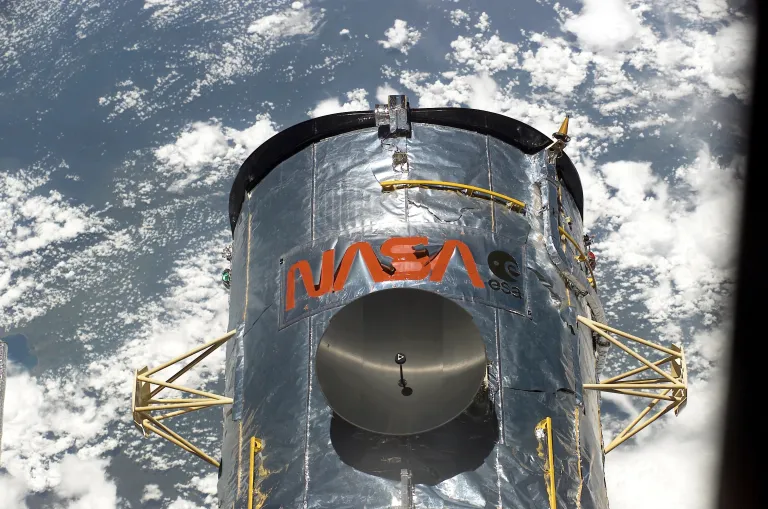
Of note, those documents reportedly say the James Webb Space Telescope and Hubble Space Telescope will still have "support," but suggest a "two-thirds cut to astrophysics, down to $487 million; a greater than two-thirds cut to heliophysics, down to $455 million; a greater than 50% cut to Earth science, down to $1.033 billion; and a 30% cut to Planetary science, down to $1.929 billion." (Heliophysics at NASA manages missions like the Parker Solar Probe and Voyager).
According to Ars Technica, those documents also imply the end of funding for all telescopes besides the JWST and Hubble — like the in-development Nancy Grace Roman Telescope, which scientists are super excited about. And one of the biggest impacts of those cuts, outlined in the documents, appears to be the complete closure of Goddard Space Flight Center in Maryland. About 10,000 employees work there at present, many of whom are tasked with operating both the Hubble Space Telescope and James Webb Space Telescope.
"It's like a nuclear bomb going off. It's NASA's largest center," Casey Dreier, chief of space policy at The Planetary Society, told Space.com when those documents were first circulating in the news.
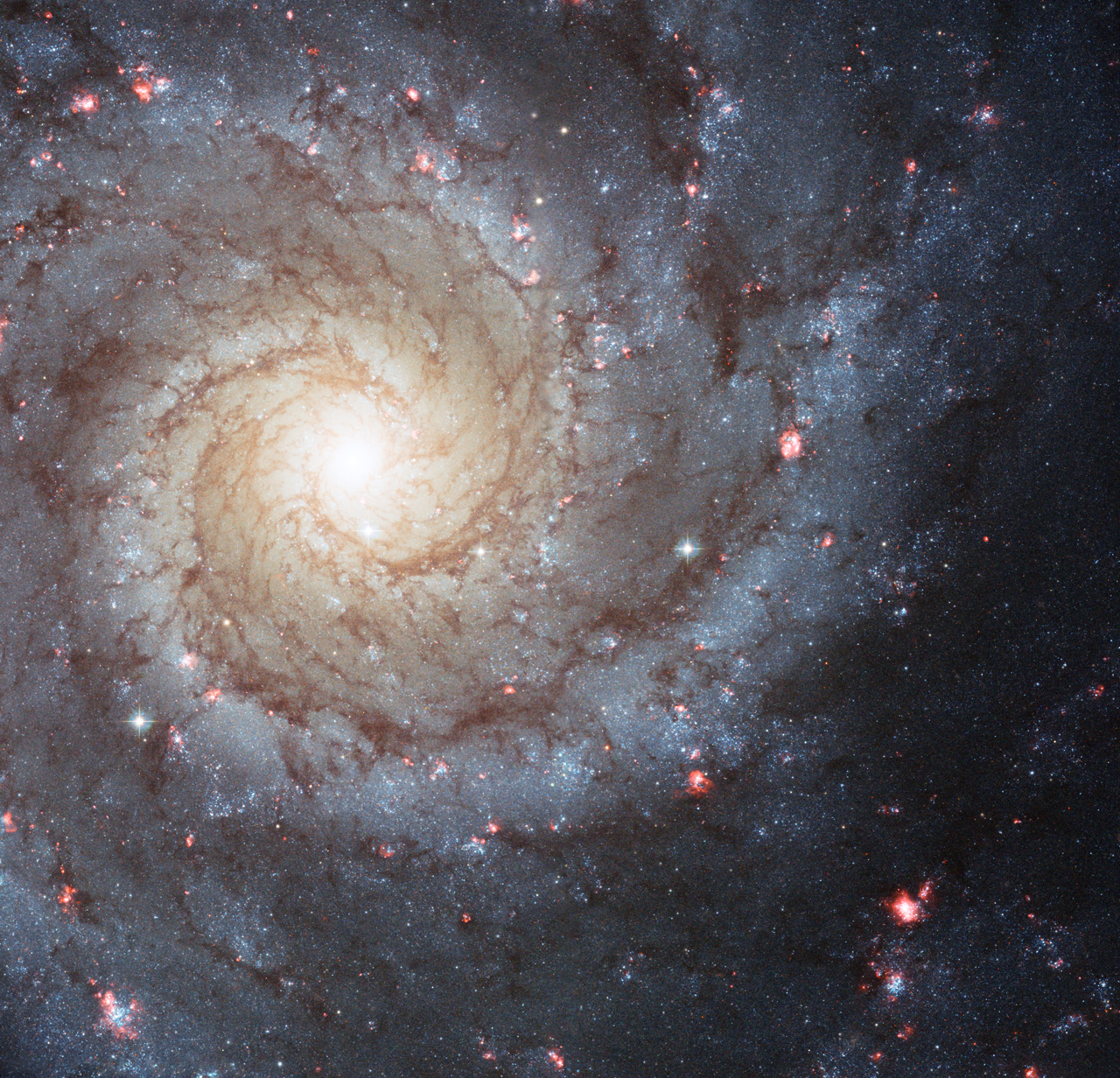
Dreier also believes it's likely we'll see that budget proposal go through to the next step, seeing as how the Trump administration has managed to implement some dramatic decisions like the sudden layoffs of over 800 workers at the U.S. National Oceanic and Atmospheric Administration and the abrupt wiping of Diversity, Equity, Inclusion and Accessibility programs and all relevant language from NASA websites — efforts the agency once championed.
It is further worth considering that the best-case scenario for Hubble may only take it into the 2030s.
The telescope is functioning well right now, even despite a few blips concerning its gyroscopes that help operators point it in the right direction for imaging. However, experts believe Hubble's more natural end of life, so to speak, will fall somewhere in the next decade. There have been some discussions about whether to service Hubble once again like in the old days, particularly from billionaire Jared Isaacman, a private astronaut who is actually now Trump's pick for NASA chief.
Still, such ideas have received pushback because of the risk involved, the new technology that would need to be developed and the fact that Hubble's doing just fine at the moment. It's possible, though, that those conversations will open up again more in the future.
We'll likely be getting more clarity about how much longer we have with our trusty eye into the universe in the coming months — but for now, it's probably best to just sit back, pop open a bottle of champagne and check out some of Hubble's lovely cosmic portraits to celebrate its 35th birthday. Me, personally? I recommend the deep fields.
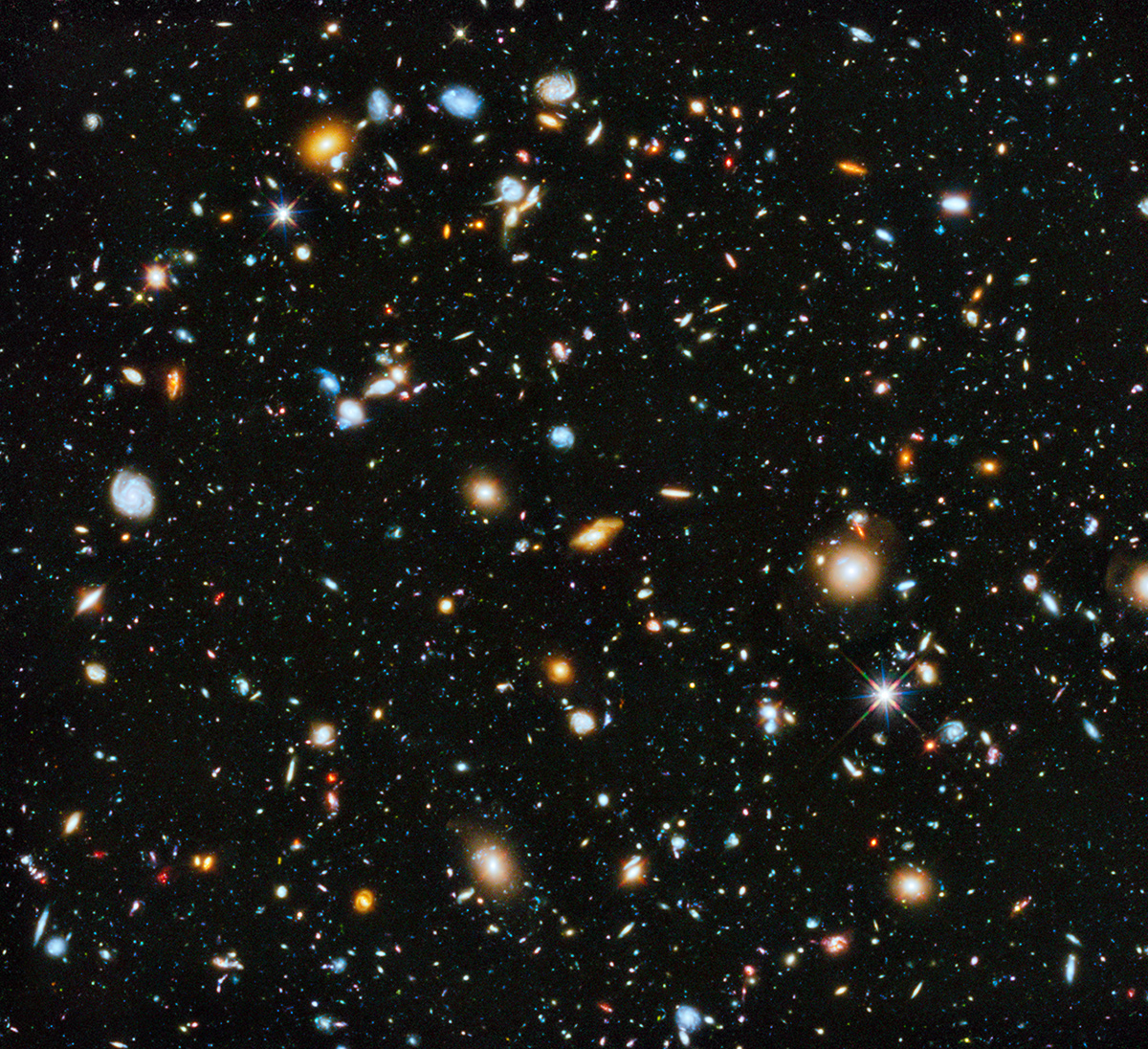
Join our Space Forums to keep talking space on the latest missions, night sky and more! And if you have a news tip, correction or comment, let us know at: community@space.com.

Monisha Ravisetti is Space.com's Astronomy Editor. She covers black holes, star explosions, gravitational waves, exoplanet discoveries and other enigmas hidden across the fabric of space and time. Previously, she was a science writer at CNET, and before that, reported for The Academic Times. Prior to becoming a writer, she was an immunology researcher at Weill Cornell Medical Center in New York. She graduated from New York University in 2018 with a B.A. in philosophy, physics and chemistry. She spends too much time playing online chess. Her favorite planet is Earth.
You must confirm your public display name before commenting
Please logout and then login again, you will then be prompted to enter your display name.
